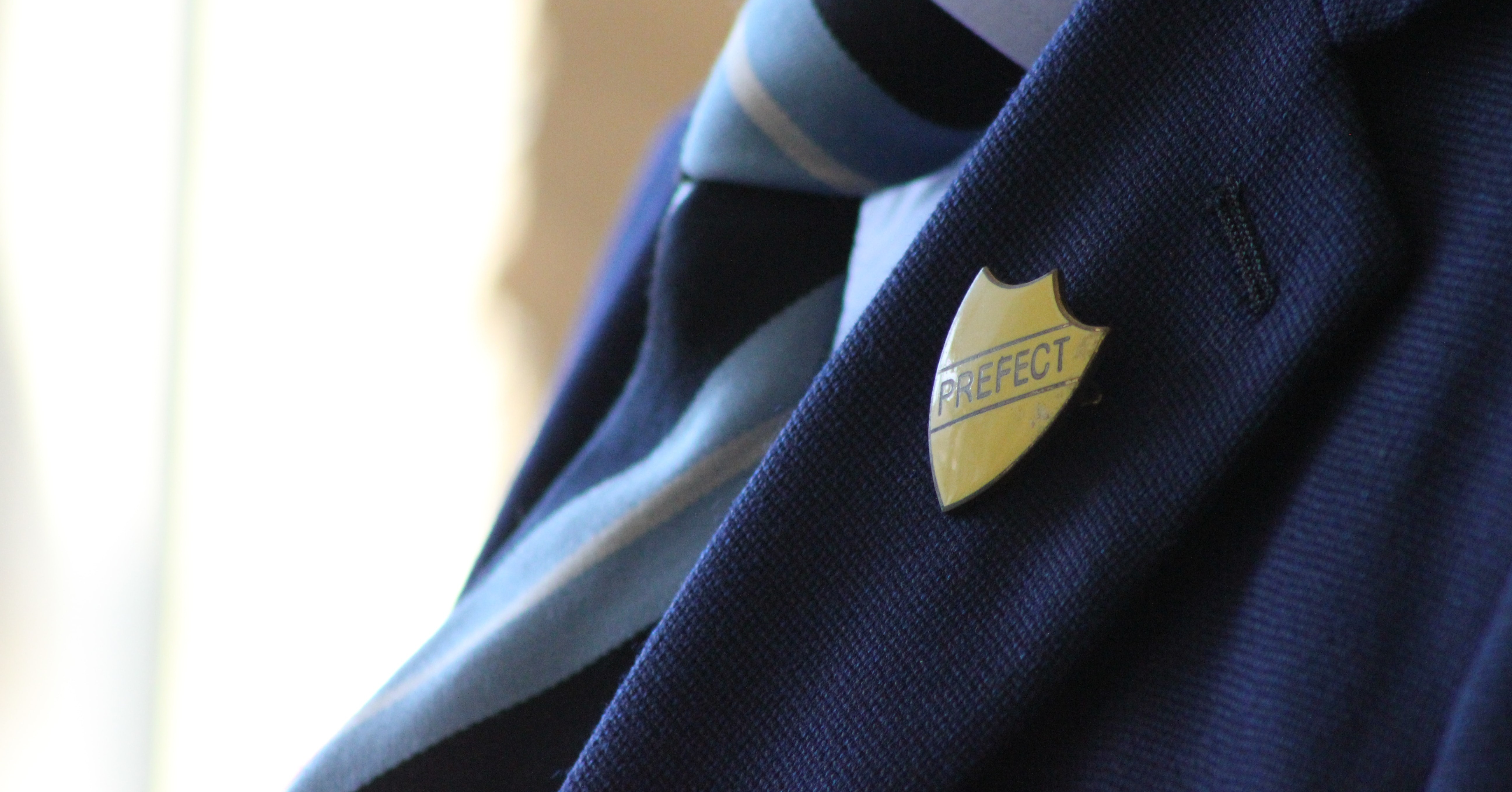The Role of a Strong School Culture in Improving Pupil Behaviour
In the School Improvement Theatre at the recent Schools & Academies Show, a panel of education experts discussed the role of school culture in tackling behaviour and looked at the link to how this can help to build better learning environments. Kesiah Featherstone, executive headteacher at the Q3 Academy, Tipton, chaired the afternoon's discussion.
Introducing the panellists
- David Williams, Director of Inclusion, Park Academies Trust.
- Danny Carr, Executive Principal, Dixons Academies Trust.
- Melanie Saunders, Chief Education Adviser, High Performance Learning.
- Mark Emmerson, Chief Executive Officer, City of London Academy Trust.
- Andrea MacDonald, Deputy Headteacher, Beacon High School.
What does a brilliant school culture look like?
Park Academies Trust consists of nurseries, primary schools, secondary schools, and sixth-form provision in and around Swindon; there is specialist provision for deaf and autistic children and complex needs. Williams spelled out his thoughts on building a good school culture and tackling behaviour—obviously, it starts with inclusion.
The Trust opened the first early intervention alternative provision (AP) two years ago. Concerned about children not being able to attend school, and complex behaviours, having been on their own for long periods of time, the Trust opened a two-day-a-week intervention that looked at developmental stages.
MacDonald describes a good school culture as "one where there are high expectations, a good level of safety, where students feel welcome, and they feel like they belong even if they don't always get it right."
Beacon High School uses trauma-informed practice and works on relational behaviours with the National Nurturing Resource. The school is currently considering nurturing programmes.
Emmerson runs ten schools in inner London: three primaries, six secondaries, and one sixth-form. Within the Trust, there is an in-house AP. Most of the schools in the Trust involve 60 per cent plus pupil premium. The schools are located in London areas with high violent crime levels. Emmerson said, "One of our roles is to ensure that all of our schools, from a trust perspective, are boundaried, safe, calm, academically motivated learning institutions with our highest possible expectations, not just for conduct but also for outcomes.
"Disadvantaged children in our schools need those qualifications, as well as to feel safe and part of the school community."
Saunders believes two things matter to create a brilliant culture. Firstly, it is about "controlling the things over which you have control, which to an extent is the adults in the school and the importance of that set of values, which people hold dear to and reward accordingly."
Secondly, Saunders said, it is about high expectations. "We all talk about them, but I don't think we always act upon them. I think what we say and do in schools needs to be tied up more than they currently are."

How can leaders ensure positive learning behaviours, rather than just compliance?
According to Emmerson, positive learning behaviours stem from the foundations of excellence. Common values, and five principles and foundations of excellence run across all the schools in the Trust. These, he stated as:
- Belief-led leadership: All leaders must believe that all children can achieve great things and behave well with suitable support structures, systems, routines, and rituals.
2. Exemplary behaviour - leadership has to take behaviour as the first thing to embed.
3. Systems, structures, and routines - the mechanisms and models that create a great learning environment for young people.
4. A rigorous curriculum - engaging teaching, ensuring teachers can capitalise on the environments we create.
5. Intervention assessment and support.
Critically, Emmerson says, "If the school doesn't feel different from the outside community, when children come in, particularly in our areas, then we get the same behaviours exhibited outside the school, inside the school. We have to control the controllables."
MacDonald agreed with Emmerson but added that ensuring positive learning behaviours is very much about inclusion.
"It starts with how they walk into the building in the morning. Do they feel welcomed? Do they feel wanted? Do they feel needed? Do they feel heard and understood, and do they feel part of it? If they don't feel any of those things, they won't engage.
"It's not about getting rid of you. It's about keeping, holding, containing, and helping you.
"We are always making those conversations clear. This is what we want for you. This is how you aspire to it. This is how you show it, and then our staff demonstrates that, and that's key to the student culture”, she said.
For Carr, the starting point is creating purpose. Everyone has an idea about how to put together a behaviour strategy, sanction systems, and so on, but then you have to apply those structures and systems with consistency, rigour, intensity, and love and care for the kids and the students.
So, why is purpose important? "If people know why they're doing something, they're much more likely to be able to do that. All too often, behaviour systems are about the power, the adults owning that power over the students."
Williams accepts that aspirations are low in his schools. Swindon has the lowest University conversion in the southwest of England, and the southwest has the lowest University conversion in the country.
So, for him, "The most important thing is young people feeling that we believe in them. Whether you're an adult or a child, whatever stage you're at, if you don't think that your boss believes in you, you're not going to put in the effort.
"Also, we need to consider those missed developmental stages. Can they make eye contact? Can they listen? Can they take turns? Some children have never been taught to take turns, make friendships, or play. We've got 15–17-year-olds who are joining gangs in this country because they want to belong."
In Saunders' opinion, positive learning behaviours are all about consistency. "If the school makes the climate, then the teacher makes the weather. It's all well and good having a whole range of really excellent policies. But unless they are enacted every day and in every classroom by every teacher, then it doesn't impact long-term how children behave."
How would you deal with a year nine student with a track record of persistent low-level disruption?
At Dixons Academy Trust, Carr explained how they deal with disruptive behaviours. It is more than building culture; it's also how that is implemented and applied in the classroom – making sure the routines become muscle memory for everybody so the focus is on learning. It's not just about compliance. It's about the pastoral care that goes on underneath that as well, he said.
The Trust has a multidisciplinary team and a lot of data on the children, not just on behaviour but soft data they have gathered on what they know about the students. Carr explained that the hypothetical year-nine student would be flagged because they're getting a few corrections for behaviour in class. "We intervene as early as possible, so it doesn't escalate."
Saunders added that managing an individual child's behaviour, who's repeatedly misbehaving, requires teaching children and rewarding the things that you want. "Teach your children the language to talk about their behaviour."
"Meta thinking is a buzzword at the moment. Stop for a minute. Think about it. Now, picture your best self. How would you need to behave to be that best self?"
Emmerson argues it goes back to the ethos of common systems, routines, and expectations – this means the DNA of the school and how it operates. It is all about how consistent we are, he argues. "We all know, as parents in the room, that if there is a gap between parents in terms of expectations, the children see straight through it."
He said that we set boundaries and reward the right things but also have consequences for the wrong things. "I would say for 95%, where those things are applied consistently across a school, they will work within them." For the 5%, Emmerson says, they have counselling, behaviour mentors, individual personal mentors to support children, psychological support, social services, and their own AP provision. Emmerson says it is about framing the whole school environment to ensure high standards – "our strictest school has the least suspensions."
MacDonald said dealing with behaviour is all about knowing the child in front of you. "In our school is a system of remind and restore. So, if a student is fidgeting in a chair, it's just a simple, one-on-one reminder." For repeated behaviour, information about their background, relationships, friendships, what engages them, lessons they do well in, and so on, is used to identify what enables them to engage. "It's about understanding what that behaviour is and also improving their behaviour skills through communication and knowledge.”
In Williams's view, using data and really early intervention early in the child's journey is essential. At Park Academies Trust, they use surveys to get people's views of their own well-being. That helps children understand their own emotions and the language around those feelings, he explained. A child can feel angry, upset and frustrated all at the same time, but they need the language to describe their feelings.
The Trust has opened its own Early Intervention AP. "We pull the kids out two days a week for a 12-week period, and we don't do English, maths, or science lessons with them. What we do is teach them to get on with each other, coping strategies, and life skills. Now, this has been “Ofsteded” four times in the last year. Ofsted loves it.
"We've seen about 200 children in the last two and a half years. And of those 200 children, none of them have been permanently excluded. Not a single one."
Featherstone's final question to the panel was "Let's think about this young person that's persistently disruptive in year nine. Would that child be in your year ten if they're not getting any better?” The panel unanimously answered “yes!”




.png)